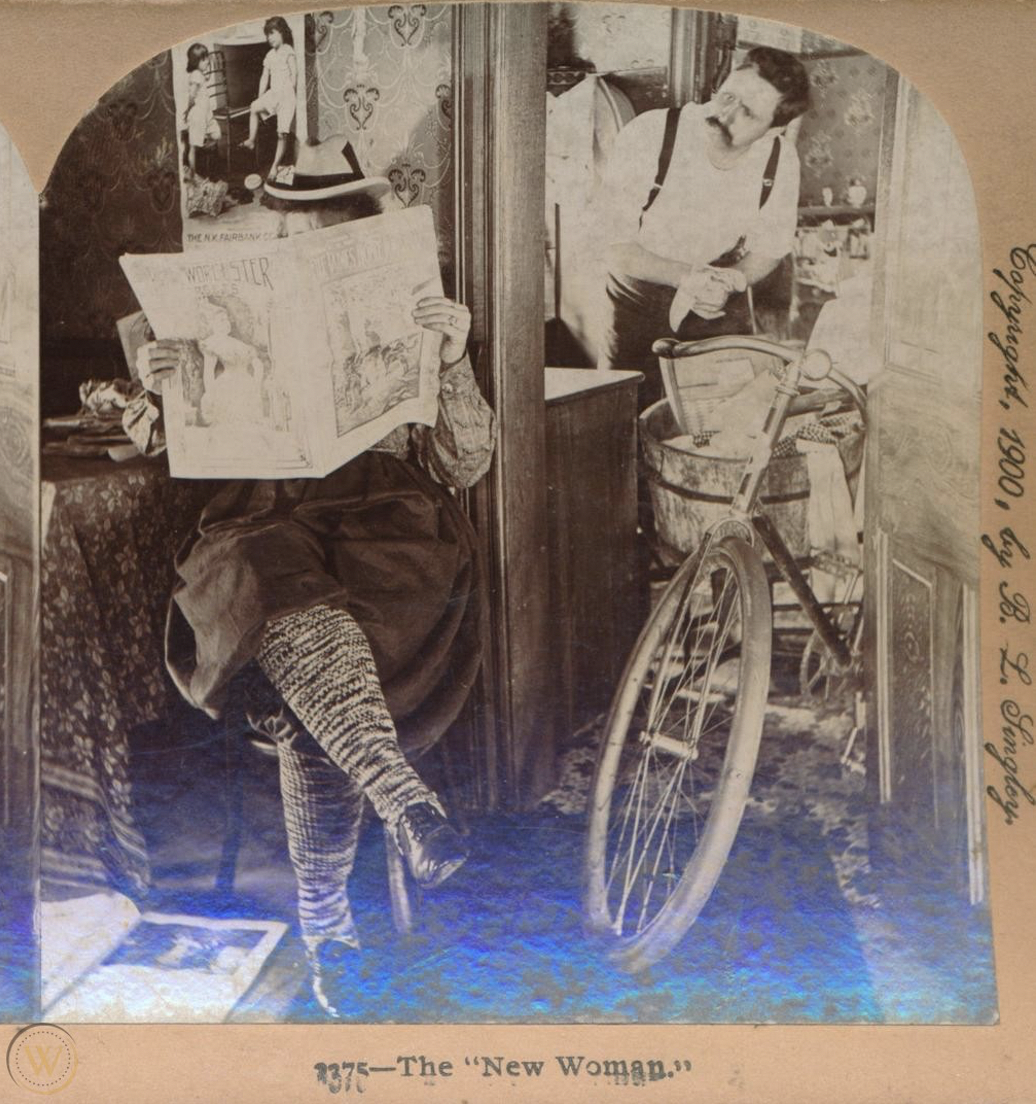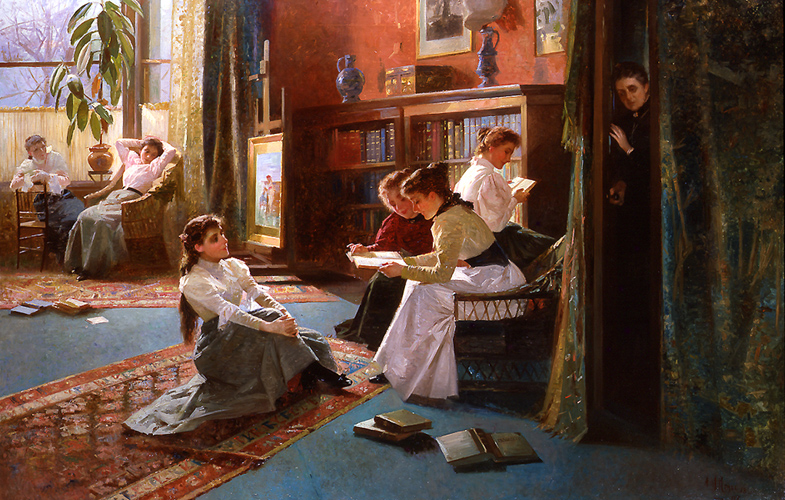Researching Thomas Hardy’s involvement in the Bolton Weekly Journal a couple of weeks ago, brought to my attention some interesting excerpts from the journal article, The Provincial Press and the Imperial Traffic in Fiction, 1870s-1930s, by Christopher Hilliard.
In this article, Hilliard investigates the intended audience of such serialised fiction and the desirability of different themes. He surmises that:
“The syndicate’s fiction had to appeal to the different kinds of reader in each home. As one brochure claimed, the “newspaper serial … is the one feature of common interest to every member of the home circle.” A serial “ensures that the busy housewife” – as well, presumably, as the paterfamilias – “will pick up the paper, and therefore is of advertising value.” (Hilliard, 2009, p.665)
Fiction, therefore, had to be carefully selected by Tillotson to ensure readability for each individual of the domestic sphere, and subsequent appreciation. He could not follow the lead of provincial newspapers – his audience had to be specifically catered for, owing to the locality of his periodical, and satisfaction had to be ensured for success.

Here enters the ever-popular Victorian sensation novel, deemed to be “more transgressive” (p.666) than the earlier works of the likes of Mary Braddon and Wilkie Collins, but compliant enough with socially moralistic ideals that the Tillotson’s deemed their readership to be governed by. The enigmatic stories with the addition of appealing chronicles in love, appealed as the Tillotson’s had wished to a wide spanning range of readers – the tales transcended gender and class and were able to infiltrate the manual worker readership, alongside maintaining the interest of the already-established middle-classes.
It is then, perhaps, that the Tillotson’s deep understanding of the intrinsic importance of a loyal readership rendered The Bolton Weekly Journal the thriving success it was to become. Yet while the Tillotson’s did have some shared notion of gender equality (Hilliard states that “at a time when “men” was casually used as a synonym for “people,” Tillotson’s publicity material persistently and conspicuously spoke of “men and women”” (2009, p.665)), they segregated specific genres in accordance with the sexes they perceived would appreciate them best. For example, the voyaging adventure serials penned by Rider Haggard were best suited to the male audience, owing to their adventuring, often imperialistic themes. Notably, though, fiction containing colonial content was far less frequently cleared for publication in the journal, owing, presumably, to its failure to qualify for the universal admiration so sought after by Tillotson.
Further interesting reading:
This article by Stephanie Meek of the University of Reading, who investigates the extent to which literary censorship stimulated Victorian authors creatively – to be covered by me in my next blog post.
Bibliography
Hilliard, C. (2009) The Provincial Press and the Imperial Traffic in Fiction, 1870s–1930s. Journal of British Studies, [Online] 48(3), pp.653-673. Available at: <https://www.jstor.org/stable/27752574> [Accessed 22 April 2021].
Meek, S. (2020) How literary censorship inspired creativity in Victorian writers. [Online] The Conversation. Available at: <https://theconversation.com/how-literary-censorship-inspired-creativity-in-victorian-writers-142351> [Accessed 25 April 2021].
Rose, J. (2001) The Intellectual Life of the British Working Classes. London: Yale University Press, p. 116.
Rossi, A. (1897) Forbidden Books. [Oil on canvas]. [Online]. [25 April 2021]. Available from: <http://www.rehs.com/alexander_mark_rossi_forbidden_books.html>
Bibliography
Colby, Robert A. (1985) “Tale Bearing in the 1890s: The Author and Fiction Syndication”. Victorian Periodicals Review. Vol.18, No.1, pp. 2-16.
Hilliard, Christopher (2009) “The Provincial Press and the Imperial Traffic in Fiction, 1870s-1930s”. Journal of British Studies. Vol.48, No.3, pp. 653-673.
Johanningsmeier, Charles (1995) “Newspaper Syndicates of the Late Nineteenth Century: Overlooked Forces in the American Literary Marketplace”. Publishing History. Vol. 37, No.1, pp. 61-82.
Jones, Aled (1984) “Tillotson’s Fiction Bureau: The Manchester Manuscripts”. Victorian Periodicals Review. Vol.17, No.1, pp. 43-49.
Singleton, Frank (1950) Tillotson’s 1850-1950: Centenary of a Family Business. Bolton: Tillotson & Son Ltd.











